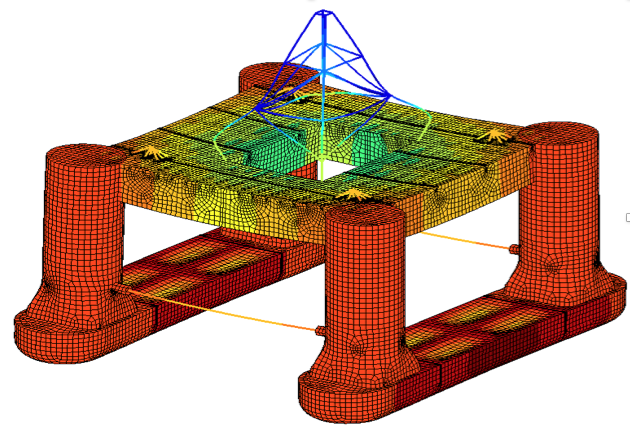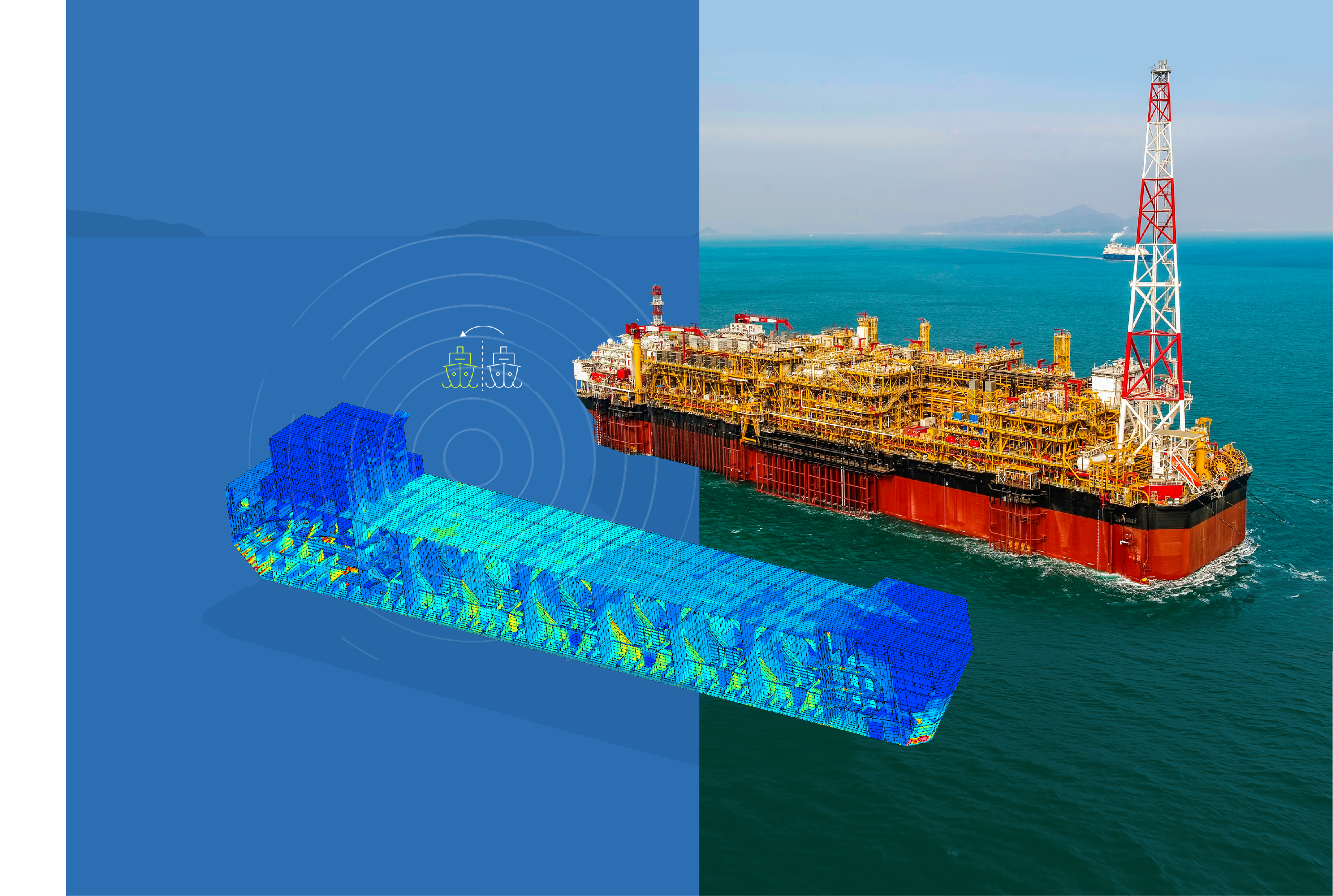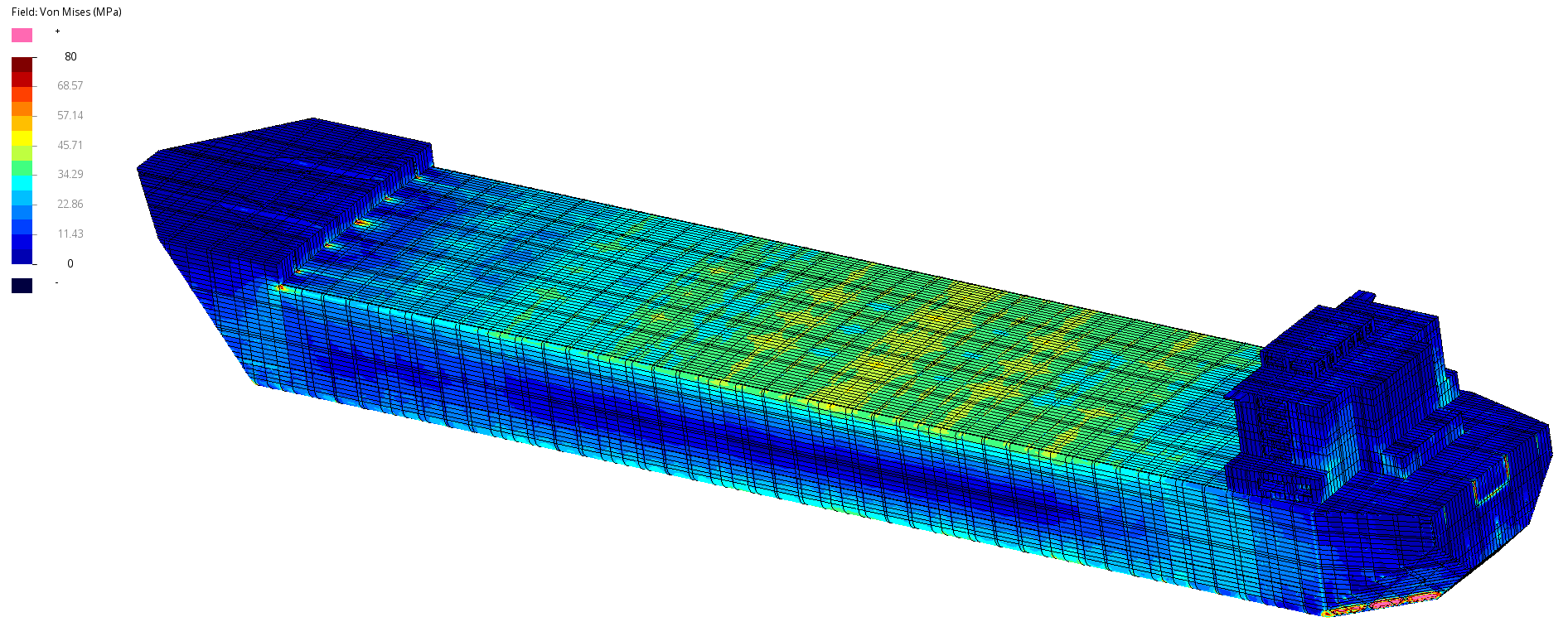The persistent advance of digitalization will soon leave no stone unturned. Next-generation solutions are already transforming the oil and gas industry throughout the life cycle, but a key focus area that is crucial to the global drive for efficiency and lowered expenditure is the safe life extension of fixed and floating aging assets.
With a growing number of late-life assets in the industry, Akselos focuses on unlocking significant additional lifetime from aging assets with predictive digital twins. The concept of a predictive digital twin is centered on condition-based monitoring (CBM) and predictive maintenance. By combining the company’s engineering simulation software with sensors, machine learning and data analytics, Akselos aims to give operators a window into the future to empower safe asset life extension (ALE).

This process involves creating a living, learning virtual replica of a physical asset and using it to structure data from sensor measurements to give physics-based insights into the asset’s current condition. It also gives predictions about its future condition. By using a predictive digital twin, asset teams can adopt a smart monitoring approach to improve risk-based inspection where the data interpreted from the model are used to inform the focus of asset inspection plans. By combining the two, costly routine inspections are replaced with data-empowered inspections to significantly reduce opex. The addition of predictive analytics allows maintenance to be transformed in the same way. By anticipating failures and anomalies and addressing them before they happen, unnecessary maintenance is minimized and asset reliability is improved.
Large-scale asset monitoring
Every company building digital twins of structures or equipment does so using a numerical method called finite element analysis (FEA). FEA has traditionally been utilized in modeling car parts, pumps and compressors but is limited when it comes to modeling large-scale assets. With conventional FEA, the larger the asset, the less detail and accuracy it delivers. This means it is not the best tool to combine with the Industrial Internet of Things (IIoT) to expand simulation technology into operations.

Without an accurate physics-based model that reflects the asset’s true condition, it is impossible to enable the full power of CBM and predictive maintenance—not without additional workflow to create smaller sub-models of potentially damaged areas, which defeats the purpose of a real-time digital twin.
Akselos’ technology is the result of 15 years of R&D in Ford Professor Anthony Patera’s mechanical engineering laboratory at the Massachusetts Institute of Technology. The algorithm is called reduced basis FEA (RB-FEA), and the key differences to FEA are speed and integration with sensor data. The algorithm performs simulations 1,000 times faster, which enables detail and accuracy of unlimited scale, and also calibration of the simulations based on sensors on the asset.
FEA is ubiquitous in engineering design, but with the convergence of the IIoT and RB-FEA, it can be used to revolutionize operations. In the post-digital-transformation era, all installations will undoubtedly be monitored and managed with virtual models or digital twins throughout the life cycle, but the real value in today’s efficiency-focused industry is in ALE.
Extending asset production
With some fixed offshore platforms having subsided several meters deeper into the seabed than they were designed for, rogue waves that were much more powerful than anticipated and with increased regulatory scrutiny, operators will have to leverage digital technologies to support the ALE decision-making process. As the probability of failure increases as an asset ages, the risk heightens and operators have to be sure the asset is safe to continue producing. An asset might have been operating in harsh conditions for 30 years and needs significant investment to ensure it is fit to continue producing. In other cases, the primary structure could still be in good shape and have 20 years of life still left in it. Either way, operators want to use the best tools to get the full picture, and one of the methods to achieve this without causing significant disruption is with predictive digital twins.
Although Akselos has been applying its simulation technology to the industrial world for a number of years, the IIoT-enabled predictive digital twin is a new concept for most operators in the oil and gas industry. The system is being tested in a joint industry project (JIP) with Royal Dutch Shell on one of the company’s aging assets in the U.K. North Sea.

Commenting on the JIP, Lourens Post, manager fluid flow and reactor engineering for Shell, said, “As one of the largest oil and gas industry investors in R&D, this JIP is a great fit for our strategy. Collaborating with world-class companies and experts is crucial if we are to drive real innovation in the oil and gas sector and create a safer and more efficient industry.”
Beyond optimizing operations and supporting safe ALE, the software also can be used to address “what if” scenarios. Operators can use the twin to test how the asset would handle being hit by a rogue wave, for example.
The impact of the technology varies basin to basin. In the North Sea and other mature fields, the system will make latelife operating models safer and more economically viable, and in other parts of the world it helps in reducing opex through focused inspections and increasing asset availability.
Digital twin technologies offer less uncertainty and more accurate predictions about fatigue life and increased structural reliability. These types of technologies allow operators to better keep employees safe and assets producing.
Recommended Reading
E&P Highlights: April 22, 2024
2024-04-22 - Here’s a roundup of the latest E&P headlines, including a standardization MoU and new contract awards.
E&P Highlights: April 15, 2024
2024-04-15 - Here’s a roundup of the latest E&P headlines, including an ultra-deepwater discovery and new contract awards.
Halliburton’s Low-key M&A Strategy Remains Unchanged
2024-04-23 - Halliburton CEO Jeff Miller says expected organic growth generates more shareholder value than following consolidation trends, such as chief rival SLB’s plans to buy ChampionX.
NAPE: Chevron’s Chris Powers Talks Traditional Oil, Gas Role in CCUS
2024-02-12 - Policy, innovation and partnership are among the areas needed to help grow the emerging CCUS sector, a Chevron executive said.
Deepwater Roundup 2024: Americas
2024-04-23 - The final part of Hart Energy E&P’s Deepwater Roundup focuses on projects coming online in the Americas from 2023 until the end of the decade.





